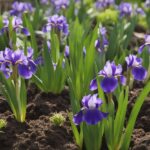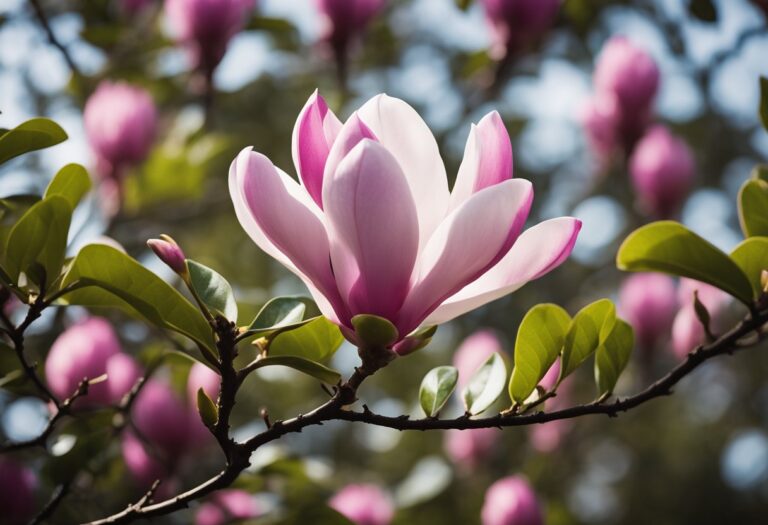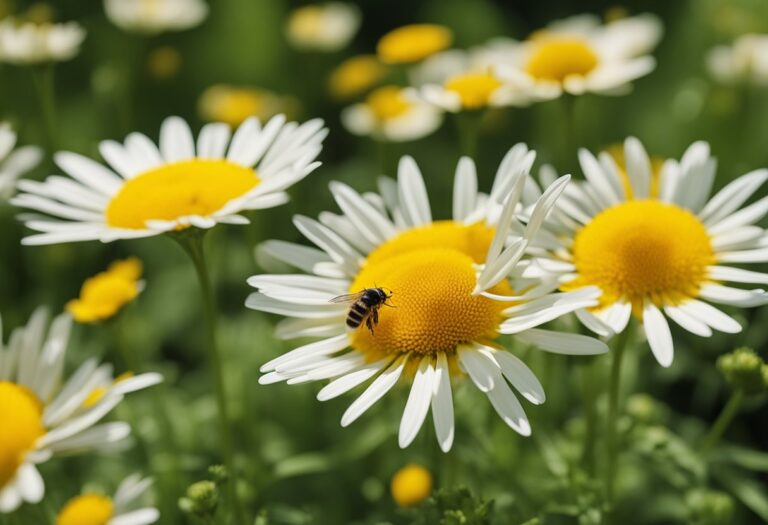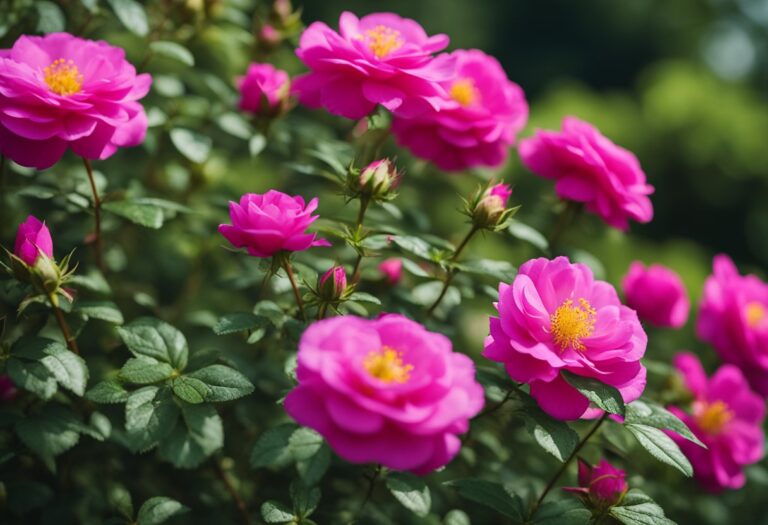Botanical Classification
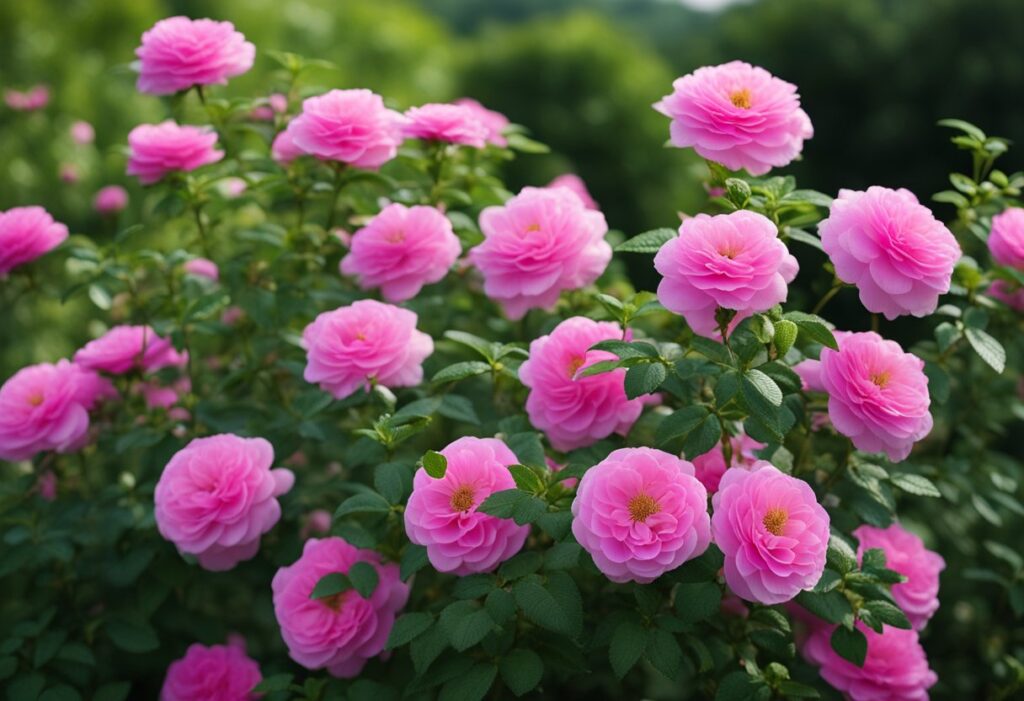
In understanding Rosa ‘Complicata,’ your grasp of its place in the botanical hierarchy is fundamental.
Family and Genus
Family: Rosaceae
Genus: Rosa
You are dealing with a plant that is a member of the Rosaceae family, commonly known as the rose family. It encompasses a variety of flowering plants including roses, cherries, and apples.
Specifically, ‘Complicata’ falls under the genus Rosa, which is the group that contains all true roses.
Species Origin
Species: Rosa gallica
Hybrid Type: Species Cross
‘Complicata’ is a Rosa gallica hybrid, one of the oldest and most revered species of roses. Originating from France, ‘Complicata’ is the result of a species cross and is characterized by its single, large flowers and robust growth pattern.
Cultivation and Care
To ensure the successful growth of Rosa ‘Complicata’, attention to specific planting requirements, regular maintenance, and proactive pest and disease management is essential.
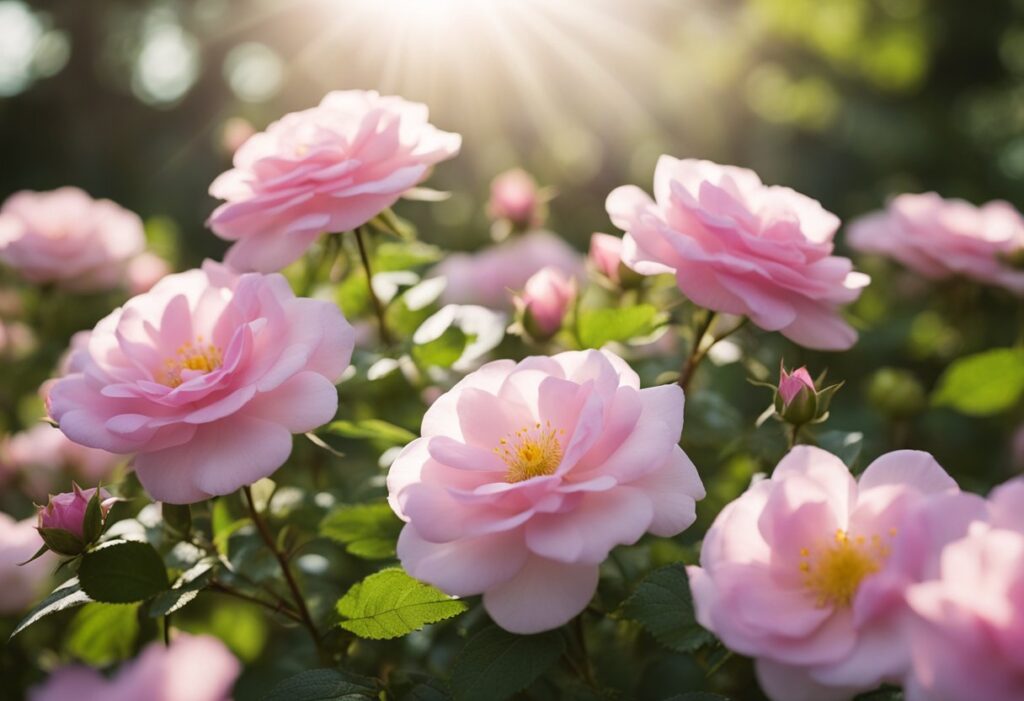
Planting Requirements
Your Rosa ‘Complicata’ thrives in well-drained soil with access to full sunlight for the best flowering results.
When planting, choose a location that gets at least 6 hours of direct sunlight per day. Provide ample space for its vigorous growth habit, as it can span wide and high with arching canes.
Maintenance and Pruning
Regular watering is necessary, especially during dry spells; aim for a deep watering once a week.
Fertilization with a balanced fertilizer should be done in spring and once again in summer.
Pruning is minimal but important and should be done after flowering to maintain the plant’s shape and remove any dead or diseased wood.
Pests and Diseases
Keep an eye out for common rose problems such as aphids, black spot, and powdery mildew.
Address pests with insecticidal soap and manage diseases by ensuring good air circulation around the plant. Also, remove any infected leaves promptly to avoid spread.
Physical Characteristics
In understanding the Rosa ‘Complicata’, your appreciation deepens as you observe its physical attributes: the distinct flower form, robust growth habit, and the foliage that frames its blooms.
Flower Description
Your Rosa ‘Complicata’ showcases deep pink flowers with a lighter reverse, and a white center radiating a strong fragrance.
Each flower comprises 5 to 7 petals and measures an average diameter of 5 inches. The blooms present a flat, single form and make their grand appearance once during the spring or summer.
Growth Habit
Your rose exhibits a strong, arching, open growth pattern, which can be characterized as vigorous.
This Gallica rose reaches a mature size of about 4 feet in height, showing its resilience through its hardiness.
Foliage Description
The leaves of your Rosa ‘Complicata’ are a bright green, forming a vivid backdrop to the pink blooms.
The foliage is deciduous, which means you will observe its leaves drop off during the autumn season, and grayish-green leaves emerge in spring.
Historical Significance
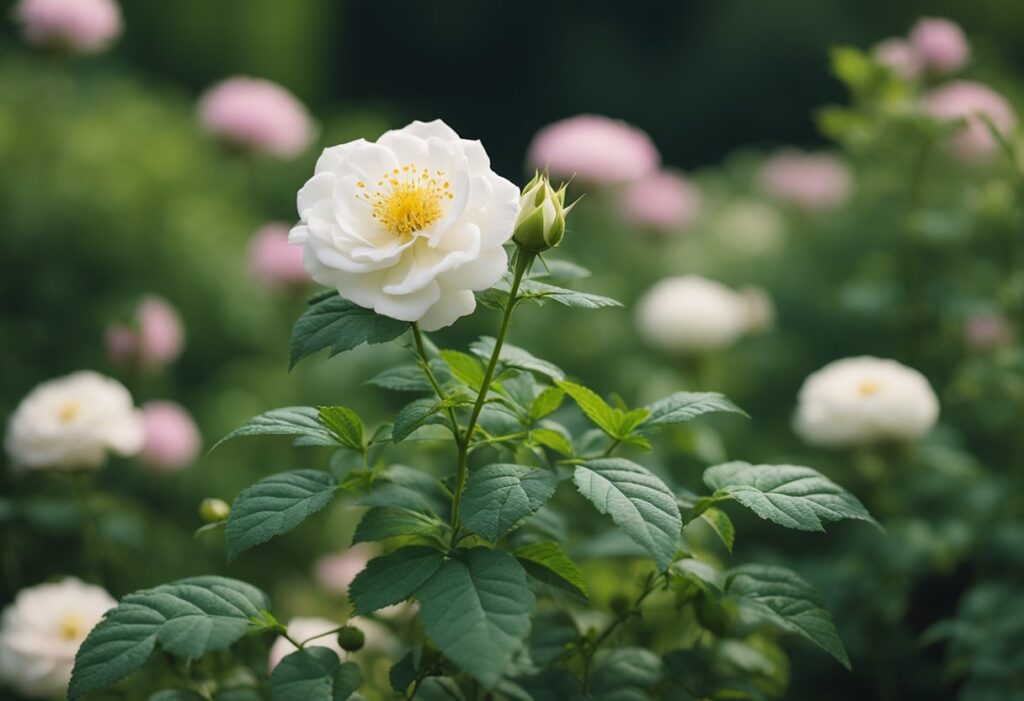
Rosa ‘Complicata’ carries a heritage that reconnects you to a broader narrative of rose cultivation and the appreciation of botanical history. Your understanding of this rose’s historical significance is tied to its lineage and its place within garden history.
As a cultivar, Rosa ‘Complicata’ is often mistaken for a species due to its single-form flowers and natural growth habit. However, it’s a garden variety that has been widely grown due to its aesthetically pleasing characteristics.
Let’s explore the timeline and characteristics that highlight its historical place:
- Origin: The Rosa ‘Complicata’ is believed to be closely related to the wild Rosa complicata Grenier, which dates back to 1864.Stemming from French horticultural practices, it illustrates the longstanding fascination with rose breeding.
- Characteristics:
- Flowers: The blooms are large, single, and have a simple, yet striking appearance with a white center and numerous yellow stamens.
- Foliage: Healthy green leaves provide a lush backdrop for its summer bloom.
Its importance also lies in the garden transformations it has witnessed. Your appreciation includes the role it played in significant redesigns, such as the one that occurred in the 1990s in the Rose Garden at Ranger’s House, where the space expanded and allowed the rose to flourish among other varieties, boosting bio-diversity.
Rosa ‘Complicata’ represents a link to both horticultural innovation and garden history, maintaining its relevance and charm across centuries. Your exploration of this rose isn’t merely about aesthetics but involves understanding its journey through time—as it has been shaped by human hands and, in turn, has shaped the spaces it has graced.
Uses and Symbolism
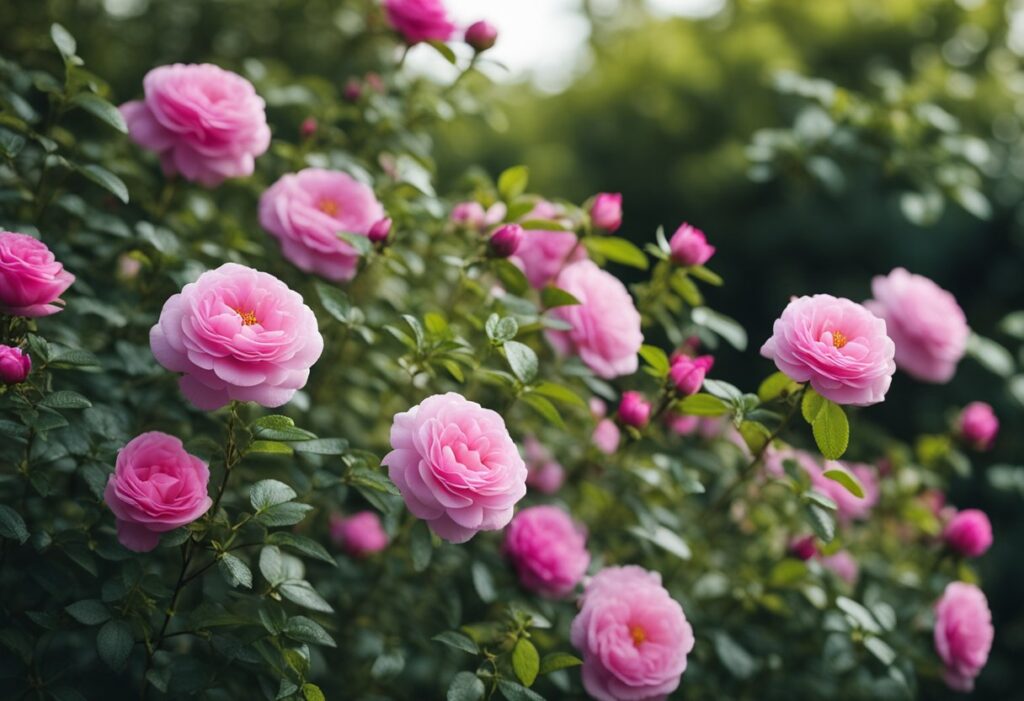
When you cultivate Rosa ‘Complicata’, you are growing more than just a plant; you are nurturing a piece of history.
This robust and sprawling rose variety is appreciated for its simplicity and vigor, providing a dash of traditional charm to your garden. Its utilitarian aspects and symbolism are both practical and richly steeped in cultural resonance.
Uses:
- Garden Design: You can use ‘Complicata’ as a background shrub in a mixed border or let it sprawl as a focal point in a cottage garden.
- Cut Flowers: Although it blooms only once a season, you can cut the rose’s large, single pink flowers for an elegant indoor display.
- Wildlife Habitat: Its structure offers habitat and food for pollinators during its bloom time.
Symbolism:
- Romantic Associations: Roses are generally tied to love and adoration. With ‘Complicata’, the generous size of the flowers and their once-a-year display can be seen to symbolize an all-encompassing, if fleeting, affection.
- Historical Value: Given that it is a Gallica rose, commonly one of the oldest cultivated varieties, you are symbolically connecting to centuries of rose cultivation.
- Purity and Simplicity: The single-layer petal structure contrasts with the complex, multi-petaled forms of many modern roses, representing a return to simpler aesthetics and values.
By choosing Rosa ‘Complicata’ for your garden, you embrace not just its horticultural utility but also its rich tapestry of meaning. Each bloom season is a reminder of timeless elegance and the enduring allure of roses in human culture.
Frequently Asked Questions
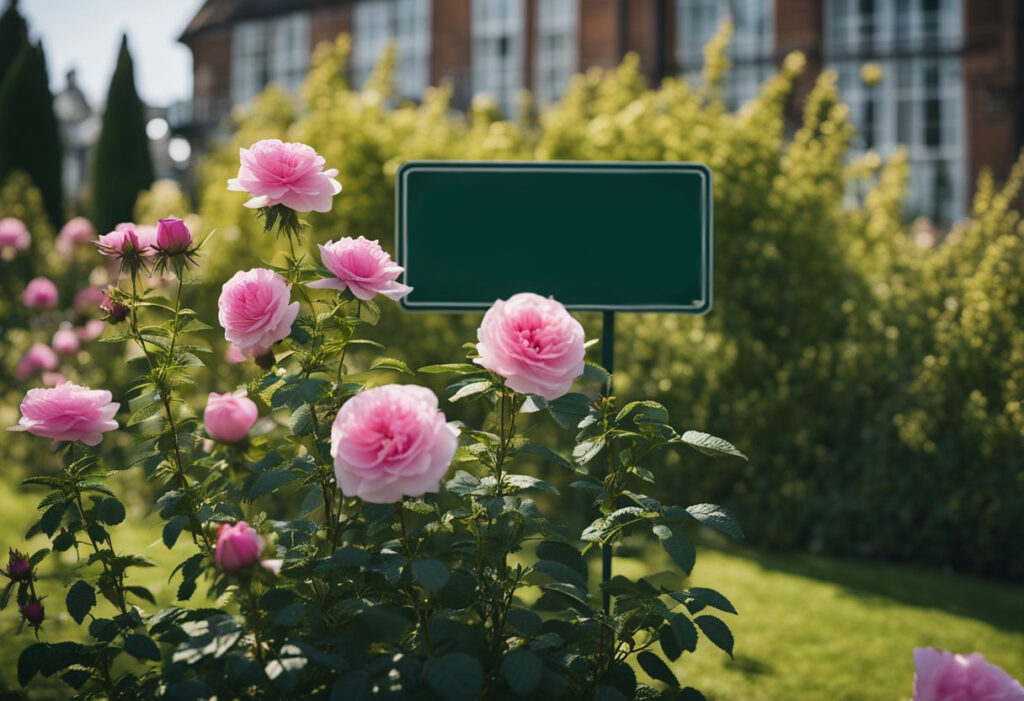
In your journey with Rosa Complicata, understanding its unique characteristics and care requirements will ensure your gardening success.
What are the ideal conditions for growing Rosa Complicata?
Rosa Complicata thrives in well-drained soil with plenty of sun. It’s hardy in zones 4 through 8 and prefers a spot that gets at least six hours of direct sunlight daily.
How should Rosa Complicata be pruned for optimal growth?
Prune Rosa Complicata in early spring before new growth begins. Remove dead or woody stems and thin out crowded areas to promote air circulation. This species flowers on old wood, so be cautious not to over-prune.
Where can one find Rosa Complicata available for purchase?
Rosa Complicata can be purchased from specialty rose nurseries or online plant shops. Look for reputable suppliers who provide healthy, disease-resistant plants.
What distinguishes Rosa Complicata from other species of rose?
Rosa Complicata is known for its large, single pink flowers with white centers and yellow stamens. It’s a robust shrub with a simple flower form, having 5 to 7 petals, and it has a strong fragrance.
How tall can Rosa Gallica varieties typically grow?
Rosa Gallica varieties, including Rosa Complicata, can typically grow to about 6 to 10 feet high with a spread of 5 to 8 feet wide, depending on growing conditions and maintenance.
What are the care instructions for maintaining an Old Rose garden?
In an Old Rose garden, rich soil and proper spacing are crucial to prevent diseases.
Regular watering, annual fertilization, and pruning to maintain shape and health are essential.
Most Old Roses have a once-a-year blooming cycle.





